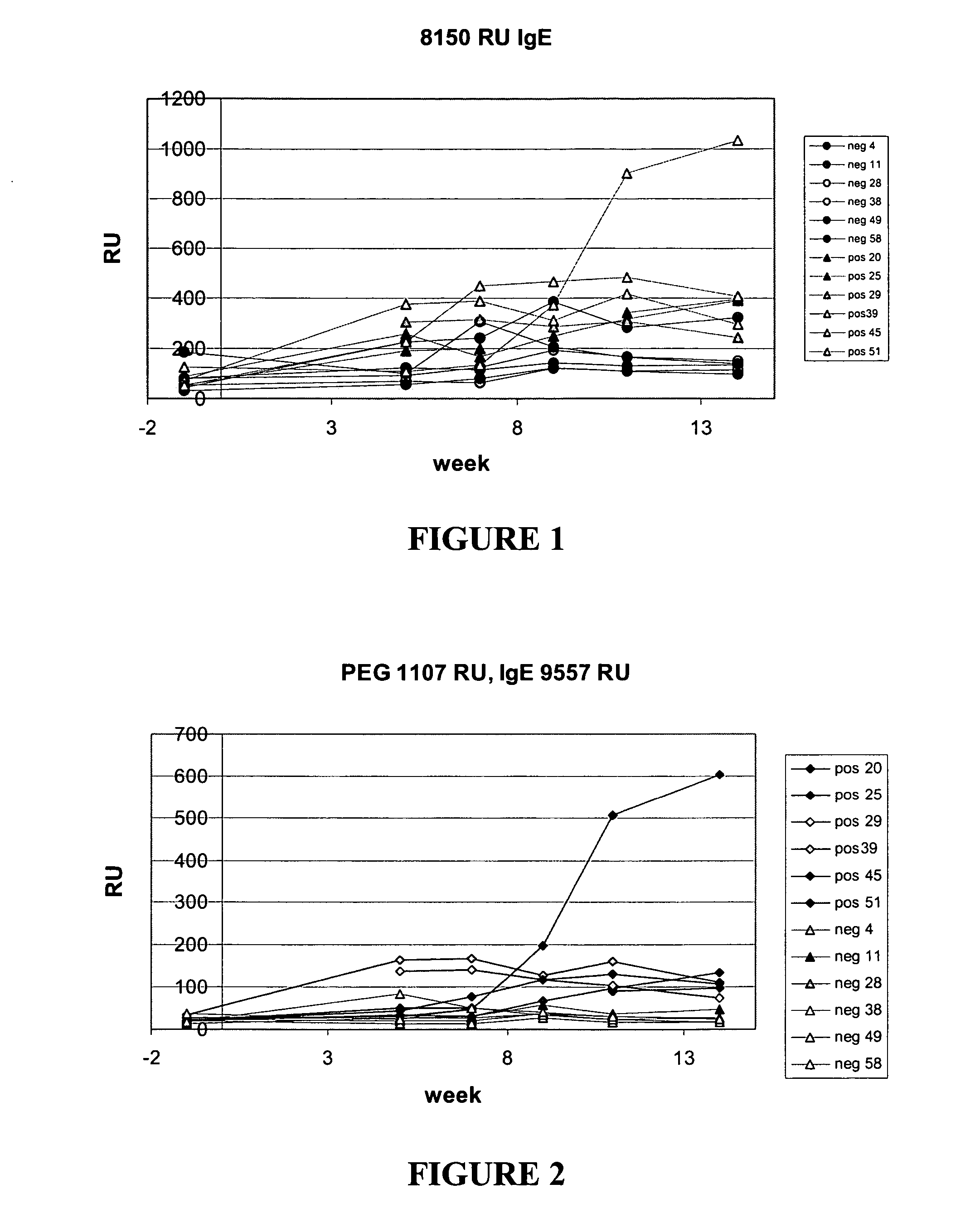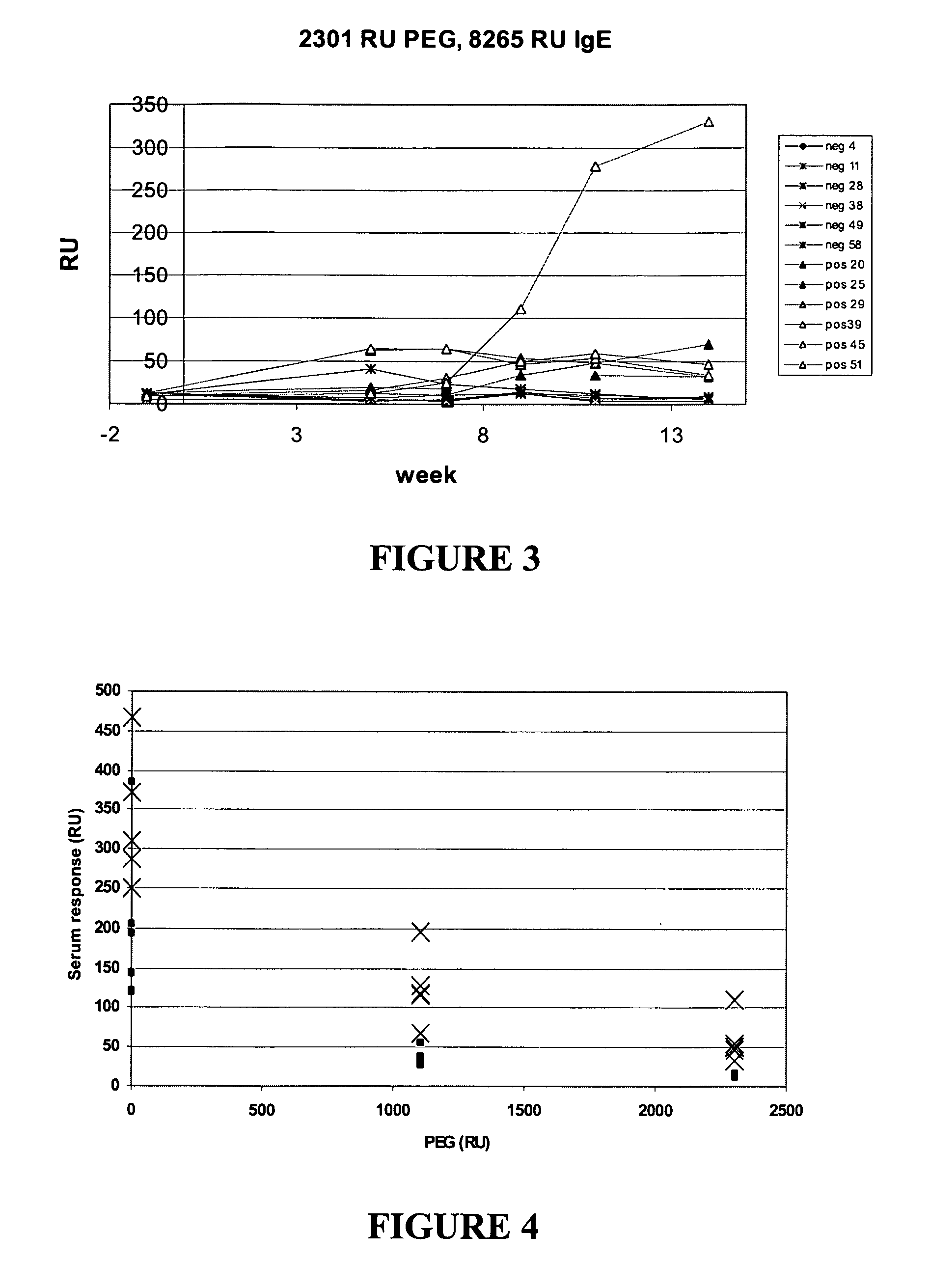Preparation and use of a reactive solid support surface
a solid support surface and reactive technology, applied in the field of solid support surface preparation, to achieve the effect of high binding agent level and effective resistance to non-specific binding
- Summary
- Abstract
- Description
- Claims
- Application Information
AI Technical Summary
Benefits of technology
Problems solved by technology
Method used
Image
Examples
example
[0078] A Biacore® 3000 (Biacore AB, Uppsala, Sweden) was used. This instrument, which is based on surface plasmon resonance (SPR) detection at a gold surface, uses a micro-fluidic system for passing samples and running buffer through four individually detected flow cells, designated Fc1 to Fc4, one by one or in series. As sensor chip was used Series CM5 (Biacore AB, Uppsala, Sweden) which has a gold-coated (about 50 nm) surface with a covalently linked hydrogel matrix (about 100 nm) of carboxymethyl-modified dextran polymer. As running buffer was used HBS-EP (Biacore AB). Unless indicated otherwise, the flow rate was 5 μl / min. The output from the instrument is a “sensorgram” which is a plot of detector response (measured in “resonance units”, RU) as a function of time. An increase of 1000 RU corresponds to an increase of mass on the sensor surface of approximately 1 ng / mm2.
Rat Sera
[0079] In the experiments below were used sera from rats (Wistar F) which had and h...
PUM
| Property | Measurement | Unit |
|---|---|---|
| flow rate | aaaaa | aaaaa |
| pH | aaaaa | aaaaa |
| concentration | aaaaa | aaaaa |
Abstract
Description
Claims
Application Information
 Login to View More
Login to View More - R&D
- Intellectual Property
- Life Sciences
- Materials
- Tech Scout
- Unparalleled Data Quality
- Higher Quality Content
- 60% Fewer Hallucinations
Browse by: Latest US Patents, China's latest patents, Technical Efficacy Thesaurus, Application Domain, Technology Topic, Popular Technical Reports.
© 2025 PatSnap. All rights reserved.Legal|Privacy policy|Modern Slavery Act Transparency Statement|Sitemap|About US| Contact US: help@patsnap.com


